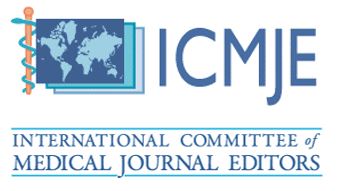Fractured Palatal Bone During Maxillary Descent in Orthognathic Surgery
Juan Mancilla Uribe1*, Mauricio Duarte Ramírez1, Felipe Estrada Caceres2, Rodrigo Badilla Monasterio1
1School of Dentistry, Universidad Andre s Bello, Santiago de Chile.
2DDS, Universidad del Desarrollo, Santiago de Chile.
*Corresponding Author: Juan Mancilla Uribe, School of Dentistry, Universidad Andre s Bello, Santiago de Chile.
https://doi.org/10.58624/SVOADE.2025.06.003
Received: January 15, 2025
Published: February 12, 2025
Citation: Mancilla Uribe J, Duarte Ramírez M, Estrada Caceres F, Badilla Monasterio R. Fractured Palatal Bone During Maxillary Descent in Orthognathic Surgery. SVOA Dentistry 2025, 6:1, 14-23. doi: 10.58624/SVOADE.2025.06.003
Abstract
Introduction: Maxillary descent is a procedure that is performed after completing the Le Fort I osteotomy in orthognathic surgery, to release the maxillo-palatine complex and mobilize it to the desired position. It is necessary to consider the various surgical factors that may cause the appearance of an unwanted fracture in the palatine bone at the time of maxillary descent. The objective of this work is to evaluate whether an unwanted fracture of the palatine bone occurs during maxillary descent and to analyze if there are factors or situations associated with the patient or the surgical technique that may cause an unwanted fracture.
Materials and methods: Observational analytical study, the universe corresponds to a sample of 20 patients undergoing orthognathic surgery. For statistical analysis, T-Test and a Chi2 Fischer's Exact were used, in both of which a significance level P > 0.05 was used.
Discussion: 20 patients analyzed, 5 patients (25%) presented an unwanted fracture, of which 3 (15%) suffered an incomplete fracture of the right maxillo-palatine suture and 2 (10%) a complete fracture of the maxillo-palatine suture. 15 patients (75%) without problems. In all patients with fractured palates, the expansion clamp was used to lower the maxilla. In all surgeries in which unwanted fractures occurred, there was difficulty in descent and the palate failed to descend on the first attempt.
Conclusion: Palatal fracture in Le Fort 1 osteotomies is not an uncommon event and should be protocolized. To perform a successful maxillary descent, it is essential to correctly separate the pterygo-maxillary suture and carefully perform all osteotomies that involve a Le Fort 1, so that they are completed properly.
Keywords: Orthognathic Surgery, Fracture, Palatine, Bone











